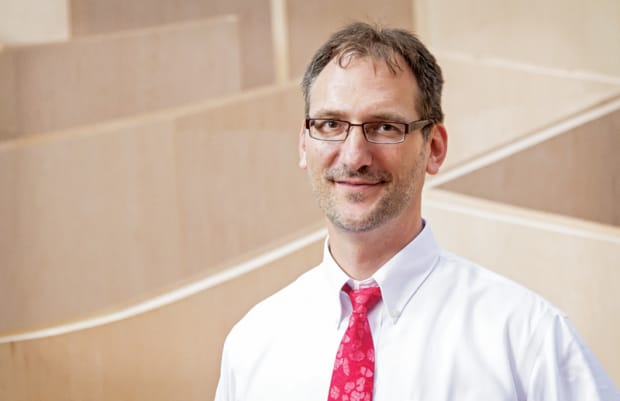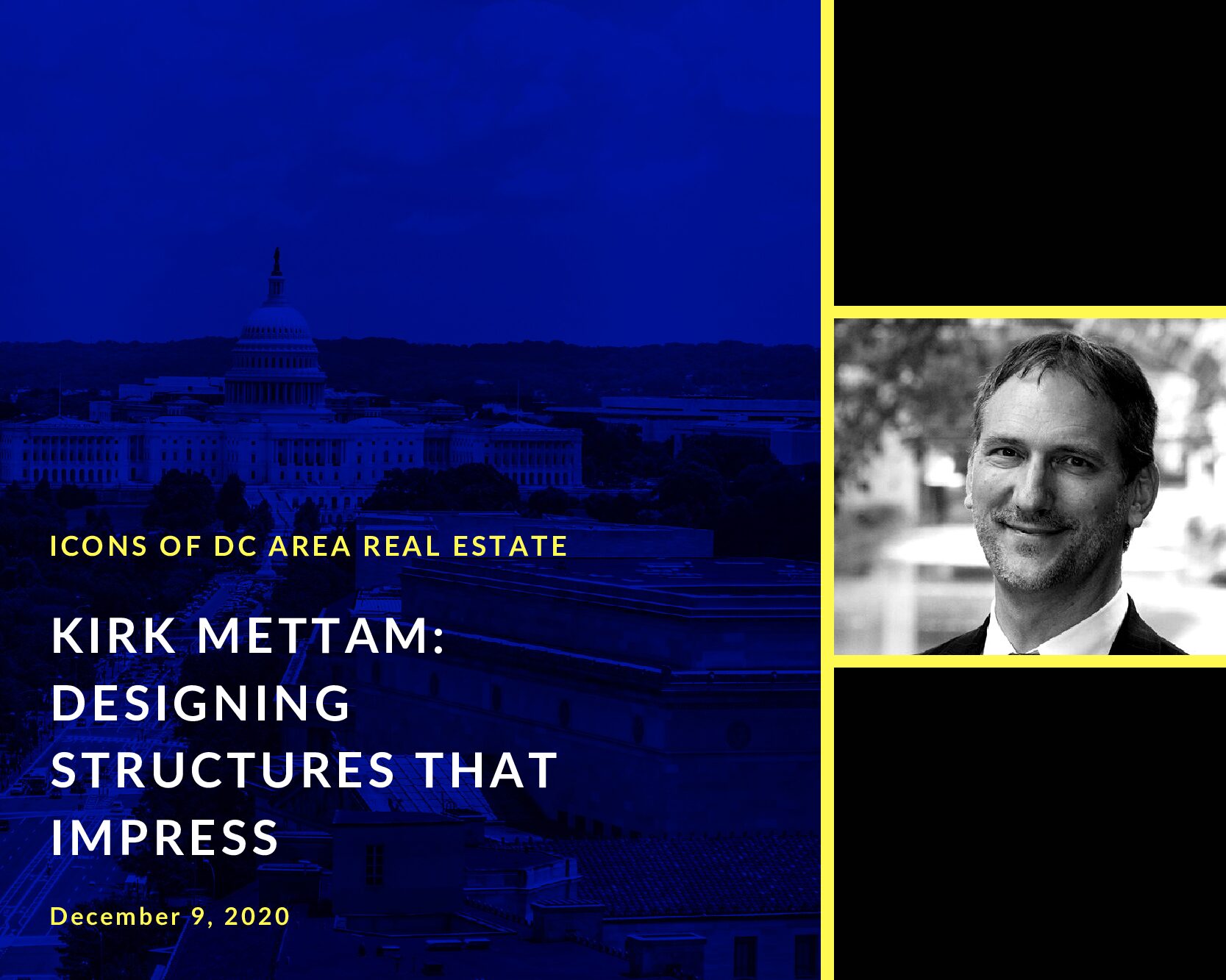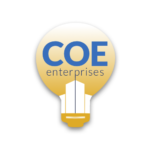

Bio
Kirk Mettam is an Executive Vice President and Senior Principal with Silman Associates. He has been active in the design profession and a leader in the structural engineering industry for nearly four decades. In 1998, Kirk established our Washington, DC, office and has served as its managing partner since.
Kirk’s project experience has included government facilities, corporate headquarters, high-rise office buildings, retail and mixed-use developments, hotels, airports, bridges, and sports facilities. He also has special knowledge and experience in the structural engineering of historic structures ranging from heritage buildings of unique archaic construction, to Mid-Century Modern architectural landmarks.
He has propelled the firm’s growth through participation in federal design excellence programs and by expanding service offerings to include seismic engineering, building envelope/façade design, and blast design.
Kirk has maintained an active participation in the industry through lectures and involvement with national committees that cover subject matters such as structural condition assessments and the evaluation of building envelopes. In the academic realm, he has taught courses in structural engineering and architectural technology.
Show Notes
- Silman Engineering- Wider variety of services…primarily structural engineers (4:10)
- Structural engineering is a subset of Civil engineering (4:45)
Origin Story
- Grew up in Montgomery County, MD (5:40)
- Remembrances of growing up in Washington DC (6:15)
- Mother was active Washington Gourmet Club and foreign dignitaries would come to their home when he was a child (8:00)
- Gave him a perspective of international perspectives
- Father was an aeronautical engineer with Booz Allen and was a visionary (9:10)
- Inspirations from parents- design and passion for engineering (10:30)
- Pivotal moment- took a course at American University in the summer during high school- story about building a model (11:50)
- Teacher gave him a couple books about “Architectural Engineering”
Education
- Pratt Institute- NY Architectural school and enjoyed it but ran out of money (13:30)
- Attended University of Maryland- Engineering focus (14:30)
- Science and math comes natural to him (16:00)
- Went to Cornell for Engineering graduate school after three intern level jobs and because of the job market challenges (16:40)
- Advises people to get a Masters in Engineering because the depth of information learned allows one to become a specialist (18:00)
- Communications is the most important task in engineering (19:30)
- Internships
- Bureau of Standards- Metallurgy division- enjoyed it but didn’t like government (20:20)
- Nuclear Regulatory Commission- computer junkie (20:50)
- Small firm in Rockville and actually designed buildings and loved it (21:20)
Career Arc
- Joined Skidmore Owings & Merrill after getting 11 job offers after receiving a Masters at Cornell (22:20)
- Grew structural engineering group to 36 until the early 1990s when it was reduced to 6 people and he became the leader (24:00)
- Moved over to Federal projects after private sector slowed
- Transitional housing
- Great mentorship and support- David Childs & Marilyn Taylor (Leaders there) (26:40)
- Then joined Thornton Tomasetti– engineering firm (Charlie Thornton)
- Won the two largest buildings in the world in Kuala Lampur, Indonesia (29:00)
- Found that the firm became too political yet had respect for Charlie Thornton
- Subsequently joined HLW, an architectural firm where he led the structural engineering work and was involved in the entertainment industry (29:30)
- Job of his dreams as a partner leading the engineering activities
- Turning point was living in NYC and struggling financially with a small child (31:30)
- Teaching at Columbia University and met Bob Silman there who hired him (32:00)
- Silman was an innovator in “green design” and was early on in the LEED efforts (33:00)
- Bob Silman was a “magical” leader- a phenomenal listener to clients’ needs
- Comparison between Charlie Thornton and Bob Silman
- Silman is counterintuitive to most other structural engineering firms (34:50)
- Quirky strategy (35:15)
- “Find joy and the money will follow” (35:40)
- “Do things we find joy doing”
- Career development is the critical element- don’t create verticals in specialties- “no silos” (36:25)
- Pool of well versed engineers who “think” and adapt to the project and customize (38:00)
- From outside, Silman created its own market and takes on projects others wouldn’t (39:15)
- Industry is evolving to a multidisciplinary role (40:00)
- Expand dialogue to collaborate on decision making among design and construction teams (41:20)
- Collaborative achievement award (41:40)
- Design could be non visual (42:40)
- Heroic design (43:05)
- ESG- Disproportionate interest in environmental issues and educate clients (44:00)
- Optimization of the use of cement- use material minimizing due to its impact (46:15)
- Mass timber is a new methodology (47:00)
- Stick on podium projects (47:30)
- Measuring carbon use of structural elements (47:45)
- Net Zero home project at Harvard (48:00)
- American Geophysical Union- demonstration project (48:45)
- Issue with “setting the bar too high” and cannot afford the implementation costs (49:45)
- 3D printing to reconstruct early wrought iron canopies which is a practical application potentially (50:30)
- Pushing the “bleeding edge” technologies (51:50)
- Working with Lafarge in high tech cement manufacturing (52:00)
- Using carbon fiber to reinforce concrete (52:40)
Trends
- Citing Chamath quote about architecture1 (53:30)
- Carbon emitted in cities is much lower than outside of cities (54:40)
- May need to not preserve older buildings (55:20)
- Also a member of preservation committee and believes in standards of preservation (55:40)
- Owe it to reinterpret standards of preservation to adapt to more clean energy approaches (56:45)
- Ask “what should we do with what is there?” (57:15)
- Architecture defines the culture (58:00)
- Form and Function (58:45)
- Lincoln Memorial- Meant to be an object of “contemplation” yet Martin Luther King, Jr. spoke there and changed perspective (59:30)
- Silman is doing work on the property underneath the memorial (1:01:15)
- Every building evolves over time and needs to be interpreted (1:01:50)
- Smithsonian Castle- was turned into an office building and is now being restored as a museum building (1:03:50)
- Earthquake brought out the seismic risk that needed addressing (1:04:50)
- Wrote a paper about recycling nature into buildings (1:05:50)
- Lincoln Memorial- Meant to be an object of “contemplation” yet Martin Luther King, Jr. spoke there and changed perspective (59:30)
- Pandemic influence (1:07:40)
- Focus on work/life balance (1:08:00)
- Adapted without “skipping a beat” on business (1:09:00)
- Personal connection is important (1:09:45)
- More geographic diversity (1:10:00)
- Artificial Intelligence (1:11:00)
- Strong commitment to digital design (1:11:20)
- How to model form architect wants to produce? (1:11:50)
- AI tools are showing up with apps and software almost daily (1:12:00)
- “Reality capture” helping processing data (1:12:30)
- Open field for innovation (1:13:00)
- Laser scanning and 3D printing
- Open dialogue between daily practitioners and technology (1:13:20)
- Some aspects of projects cannot be automated (1:15:00)
- Recognize the limits of programming (1:15:45)
- Use the brain to find where the commodity line is drawn
- Made the investment in new technology (1:18:15)
- Reflections on “Taste for Makers” (1:19:00)
- Came at architecture from technology approach (1:20:00)
- Respect for modernism (1:20:15)
- Cites his wife’s propensity for “classic” architecture (1:21:00)
- Taste is personal yet contextual (1:22:00)
- Context is critical both physically and socially (1:22:30)
- Sweet spot of design- Adding onto a building in its context (1:22:50)
- Enjoys challenge of the “evolution of buildings” (1:23:30)
- Cites Mark Twain on the Shortness takes more Time (1:24:40)
- Non-visible part of building (1:26:00)
- Cites story about White House renovating the older HVAC registers (1:26:20)
- Cites character in lighting (1:27:20)
- Thinks broadly about project and it brings in “taste” (1:28:00)
Accomplishments and Philosophies
- Business pursuits require “selling” services (1:29:00)
- Advocates business development (1:29:30)
- Marketing in engineering used to be “illegal” (1:30:00)
- Believer that his firm has “something to offer” (1:30:30)
- Fortunate to attract “top talent” (1:30:50)
- Attract engineers that had thought about being architects at one point (1:31:00)
- Drive and passion for design (1:31:30)
- Engineering is either a blessing or a curse (1:32:20)
- Reputation is that Silman does not let people go during a recession (1:33:50)
- Diversity in business activity (1:34:15)
- Wide range of work (1:34:40)
- Wins- Firm had some Frank Lloyd Wright buildings, several historic buildings and “iconic” public buldings (1:35:25)
- Reputation as restoration engineers (1:36:20)
- 50th Anniversary of firm opened up three major museums at the same year (1:36:45)
- Arts and Industries Building (1:37:50)
- Michigan Central Station story- Resuscitation (1:38:00)
- Life Philosophy (1:41:40)
- Giving back through mentoring and teaching (1:41:50)
- Refers to Bob Silman as an inspiration (1:42:00)
- Taught at Cornell, Columbia and Hopkins (1:42:30)
- Advocate for sharing with the community (1:42:45)
- Discuss the Philosophy of Design (1:43:45)
- Design in engineering world- “specific answer” based on mathematics and physics (1:44:00)
- Design in architecture does not have a specific answer as aesthetics and sensitivities vary too much to be certain (1:44:45)
- Advice to 25 Yr. old self and counseling to young people
- Find your own way (1:47:00)
- Wouldn’t say much but “be humble” (1:47:40)
- Billboard statement- “It All Happens Here” (referring to Washington DC) (1:48:00)
Quote from Chamath 1
“I think that architecture will unfortunately have a lot less value in the future, because of climate change. Now, what does that mean? Well, for example, if you look at some of the most progressive countries in the world, Europe, on the climate issue. You look, and again, start to go back to first principles, where’s the carbon emitted? Where are the greenhouse gases emitted? Well, it’s overwhelmingly in cities. Then you start to look at, okay, well, what are some of the things that we could do to electrify or decarbonize them? One thing that you get to is, you have all this incredibly beautiful architecture, but it’s completely dated. The amount of carbon that these heating systems, these water systems generate, getting stuff into these very intricate, beautiful…You walk by these piazzas, you think, “God, these things have been around for 500 years.” On the one hand, you’re like, “It’s amazing.” But on the other hand you’re like, “This is going to be really tough for the city of Paris, or Milan, or Amsterdam, to defend historic architecture in the face of also wanting to be carbon neutral.” I think, in the United States, it’s also going to have some direct implications as well. So, if architecturally, we unfortunately have to replace some of this old, beautiful stuff with more simple, modern stuff, we’ll have a more utilitarian landscape.
Postscript
- Tom Amos relates well with Kirk’s presentation
- Sustainability (1:50:50)
- 5,000 Net Zero Homes
- DC has 317 Net Zero Homes
- AGU Building (1:52:00)
- “Science Experiment”
- Roger Frechette was project engineer
- 20 innovative technologies
- Not economical building
- Energy Conservation Project (1:55:00)
- Measuring efforts over time
- Organic construction hypothetical

